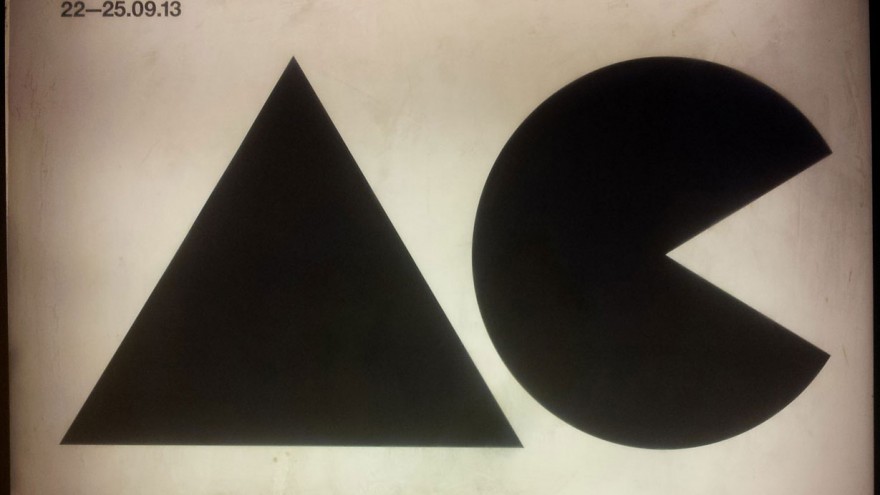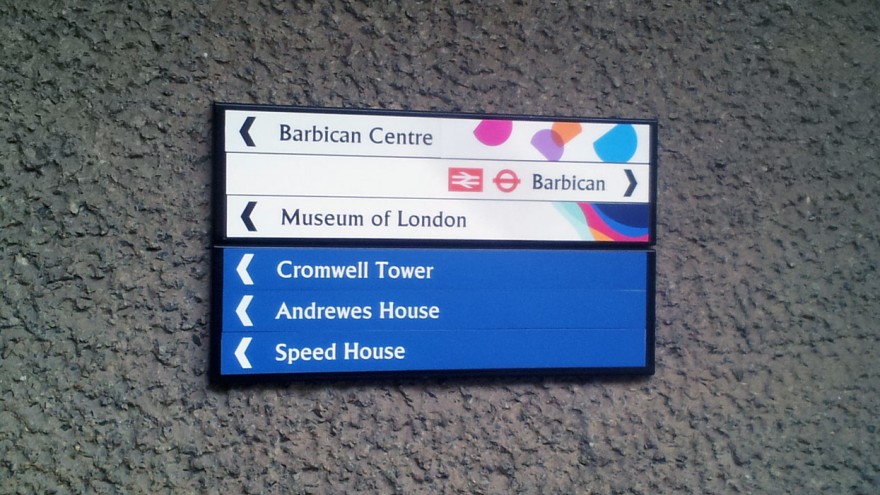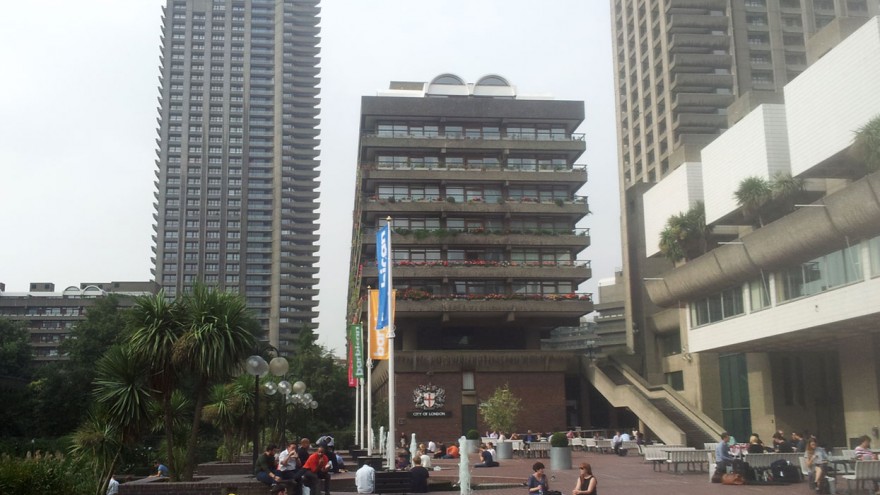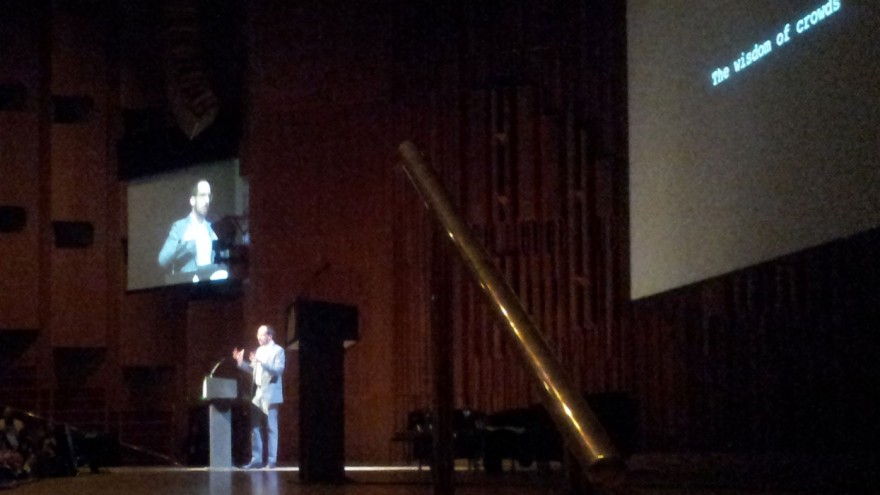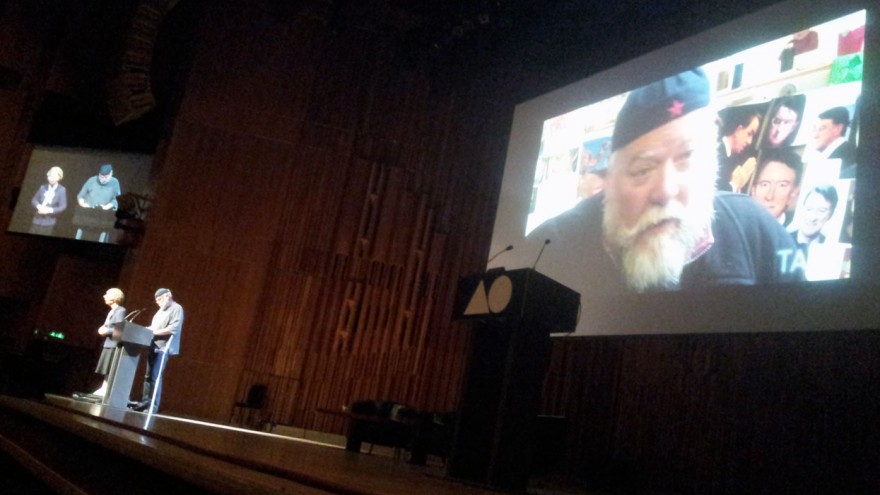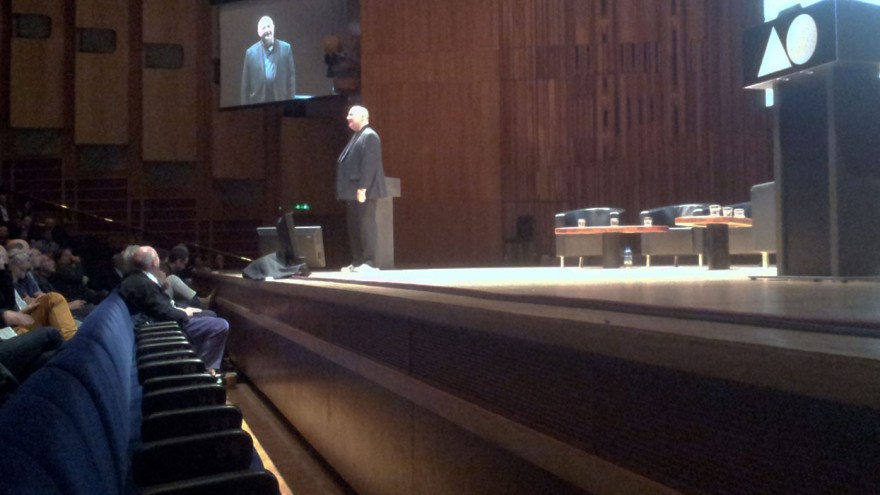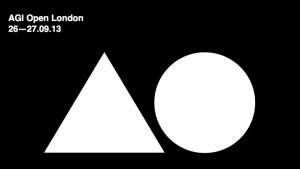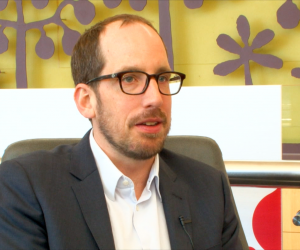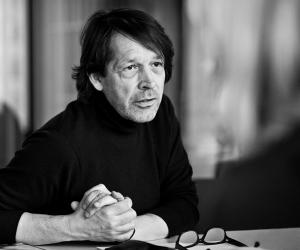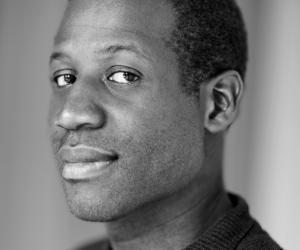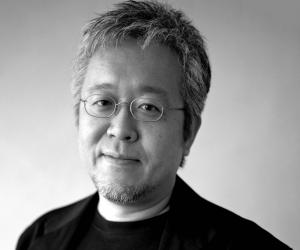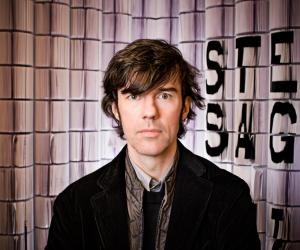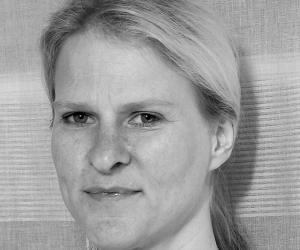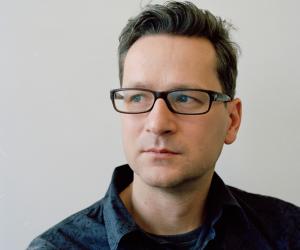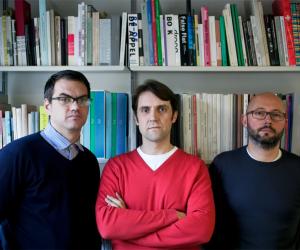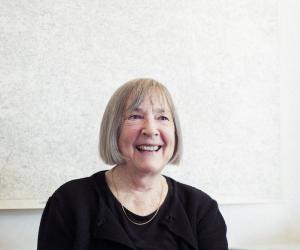From the Series
AGI Open is the conference held by Alliance Graphique International, the invite-only association of the world’s best professional graphic designers, held annually in September in a different city each year. Design Indaba attended AGI Open as official media partners for the last two years’ events, in Hong Kong in 2012 and Barcelona in 2011, and this year travelled to London to document the highlights of the two-day conference and to catch up with some of the speakers. After a jam-packed session at the Barbican Centre in the heart of London’s creative hub from 26 to 27 September, here is an overview of the days’ events.
The most notable difference with the 2013 programme from previous years was the theme of collaboration, which took shape in the veritable dialogue among the speakers on stage as well as with the audience. Instead of front-to-back individual presentations many of the slots were debates, panel discussions, interviews as well as one Q&A with the audience. A small number of speakers were granted a solo under the spotlight but these too were themed in such a way that the talks spoke to each other indirectly.
Day one of the conference featured two separate sessions on the topic “No client” – the first a sit-down dialogue among Ian Anderson, Marion Deuchars, Patrick Thomas, Astrid Stavro and Pablo Martin, and the second three short presentations by Hamish Muir, Eddie Opara and Rico Lins. The idea behind these sessions was to “break the triangle” of client/designer/audience and to look at self-initiated work by the designers on the panel. It also brought into question the role of the client in traditional B2B work, considering how the client can both hinder and positively add to the creative process and final output.
In the panel session Ian Anderson suggested that the client can be a useful prop for inputting ideas into his work, while Marion Deuchars revels in that (non-client) work where she can “play” and be truly creative. “All you can do is find something that’s yours and put it out there and hope people like it,” she said. Patrick Thomas on the other hand doesn’t really do work for “clients” at all; he is “not a commercial designer” as he put it and spoke a lot about his work in silkscreens, which are truly interesting and unique because they are one remaining medium of graphic design that is difficult to replicate digitally, he said. Astrid Stavro spoke about “design for good” projects, and emphasised, “You need a great client to do things like this”; she and Pablo Martin agreed on the importance of design that allows you to go out and change the world for the better. On what self-initiated work can offer, Ian Anderson rounded off by saying we should use it not just to have fun but also to experiment, in order to improve oneself as a designer.
The following trio each presented for 20 minutes on their own self-initiated project. Past Design Indaba speaker Eddie Opara wowed the audience with Makr Shakr, which is essentially a robot that can make cocktails. But with an app by Opara that provides a user interface for ordering and data capturing, it gets much more advanced than that sounds and ends up really perfecting cocktails suited to each individual’s taste. Opara worked on Makr Shakr with Carlo Ratti of MIT’s Senseable City Laboratory, and had just a month to complete the project, which debuted at Milan Design Week 2013 and the Google I/O conference.
After the break Japanese designer Kenya Hara, famed for his work on Muji, spoke about his project House Vision, a Tokyo exhibition subtitled “Making the possibility visible”. House Vision looks at new ways of positioning living spaces, showing people new possibilities and planting the seeds of new ideas into the minds of exhibition-goers. Hara spoke about the home becoming the intersection of a variety of industries, from mobility to healthcare, and posited a shift in focus in designing houses, from the architect to the user. His examples suggest that our living spaces should be designed according to our vocation, hobbies and tastes rather than the aesthetic sensibility of the architect. Furthermore he considers the future house to be an integrated smart appliance and believes that houses could shift towards being energy positive rather than draining resources.
Next, Roger Law of Spitting Image spoke about his work on the caricature puppets for the satirical British TV show and his later move into ceramics (and to Australia) when the series ran its course. His talk title “Roger Law used to be famous” refers to the transition he faced being forced to change careers and reinvent himself well after his prime. Law also spoke about “the art of theft” and posited the notion that originality is an illusion.
Thursday’s afternoon session featured an entertaining debate on decoration in design, or minimalism, between Marian Bantjes and Stefan Sagmeister versus Sascha Lobe, Sean Perkins and Dean Poole, and moderated by Pentagram’s Michael Bierut (also emcee of Design Indaba Conference). Sagmeister dropped some gems about the stupidity of white space and of communication design (“human beings communicating to other human beings”) that imitates design made by machines, while the opposing team focussed on complexity versus simplicity with the premise that the latter is better. Ultimately the debate was a draw but made for an intriguing discussion.
The final presentations of the day were real treats in the form of three 40-minute interviews with Pierre Bernard, Paula Scher and lastly Peter Saville. Each designer is an absolute authority on his or her respective field and yielded discussions that could have gone on for hours. French designer Pierre Bernard spoke about his posters, stressing: “You have to believe in the content” and “You have to first learn the content”, and French graphic design in general.
Introduced by emcee Tony Brook as “one of the busiest, most in-demand graphic designers in the world”, environmental graphics doyenne Paula Scher (also Pentagram partner) spoke about her map paintings, which tend more towards art than graphic design. She calls them “abstract expressionist information”. On these she said, “Design makes you frustrated. This makes you crazy!” She also stressed that on the art versus design debate the distinction is not a value judgement. It’s merely a financial question of different ways of making a living. Design has a purpose whereas art’s value is intrinsic. Also, said Scher, “No one proofreads art!” Interestingly, said Paula, her highly detailed, large-scale paintings have had the effect on her graphic design of making it far cleaner and simpler.
Last up for the day, Rick Poyner (founding editor of Eye magazine) interviewed Peter Saville, renowned for his work with Factory Records designing most of the record covers for iconic British bands Joy Division and New Order. Saville is now the creative director of Manchester. The conversation revolved around using design to think about the culture of the world. Saville’s work up until the early 90s was preoccupied with taste and style, which later he realised is not enough to bolster good design. There’s a different social psyche now, they said, and the way that communication design is used in our economy today has changed. Saville also insisted that communication design is not an autonomous endeavour, as the client predetermines the message being relayed. Saville’s work with Factory records was a total anomaly in the creative freedom he was given; one, he says, he is unlikely to experience ever again.
The second and final day of AGI Open opened with Creative Review editor Patrick Burgoyne interviewing Jan Wilker, followed by the team from Bibliothèque and Mark Adams from Vitsœ, and then Margaret Calvert. Born in South Africa, Calvert gained fame for designing the UK’s road system signage, as well as that of Gatwick Airport just prior to that. She has created her own fonts and sign faces, including Calvert and Transport. Recently, Ben Terrett approached her for guidance on his redesign of the British governments’ online environment in the form of the website gov.uk.
Next on the programme, German illustrator and author Christoph Niemann presented his recent work, which includes his foray into animation and app development. Working with Google, he created an animation for their new browser, Google Chrome, and then created Petting Zoo app along with New York developer Jon Huang, South African musician Markus Wormstorm and the project management and communications team at Design Indaba. Niemann focussed his talk on collaboration, saying that often this means too much talking and not enough working. The time that the magic happens, he stresses, is when you sit down on your own and get to work. A project like Petting Zoo worked well for him as each party knew what his or her responsibility was and just got on with it without too many emails back and forth or superfluous meetings.
The Design Indaba team was tied up with interviews with the speakers for a large portion of the rest of the day (videos which will be made available here over the next few weeks) so we missed the talks from morning tea until late afternoon. We did catch book-jacket designer Chip Kidd, who presented a highly entertaining narrative on his childhood obsession with Batman that evolved into a professional escapade into publishing virtually unknown Japanese renditions of the comics. Kidd discovered these Japanese comics that are so rare not even DC Comics has them in their archives, and has been working to translate and bring these lost archaeological finds into the public domain. Kidd’s next project is to do the same with Japanese manga versions of Superman.
For the conference finale Austrian designer (based in New York) Stefan Sagmeister stole the show with his presentation on happiness that ended with the audience on their feet all singing in unison. The subject was The Happy Film, a work in progress that has kept him busy for almost four years, on what seems to have been a tumultuous journey laden with Buddhist retreats, public exhibitions, installations and masses and masses of research. Philosophically similar to his work Things I have Learned in My Life So Far, the film looks at that which affects our happiness (genes, demographics, location, environment, social behaviour) with the aim of discovering if it is possible to train your mind to be happy. Sagmeister believes it is, albeit not all the time. He hopes to launch The Happy Film on international film festivals next year, and if the reception of his AGI talk was any indication, it’s going to be a poignant and thought-provoking visual delight.

